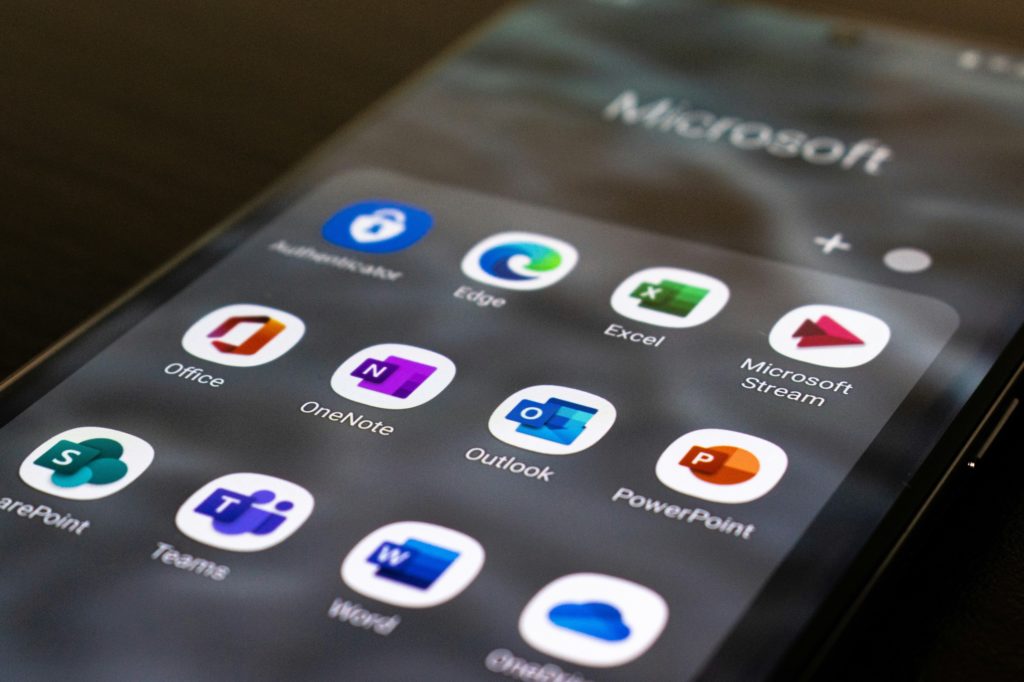Steak-umm, Wendy’s, Burger King, Netflix—what do these brands have in common? They all have a frivolous way of interacting with their customers online. In some cases, it works. But we have to wonder, is it really a wise move? Ultimately, these brands are trying to sell a product, so engaging with customers online in certain ways can sometimes seem exploitative rather than genuine, which could hurt their bottom line.
We get it: finding your brand’s social media voice can be tough. And though consumers might enjoy the cheeky, casual tone, it doesn’t necessarily mobilize them to spend money. Internet cred is fleeting and retweets will only get you so far when it comes to achieving your marketing objectives, especially if it comes off as a ploy.
Inauthenticity.Sucks, so we’ve come up with a couple suggestions for helping your brand find a balance between funny and foolish while interacting with customers online.
Authenticity Done Right

At our #Brandsparency panel in New York, we asked experts from The Hustle, Business Insider and more to share what it takes to foster genuine brand values in the face of consumers, and they all recommended the same things:
- Support causes internally before using them as a publicity stunt
- Invest in diversity—brands thrive from having different perspectives and opinions
- Put your money where you mouth is (i.e. take action!)
- Own your mistakes, apologize and make things right
This distils down to one thing: a positive brand image starts from the inside. In order to breed authenticity, you need to have everyone on board, from your CEO to your newest hire. Start by being sincere about all that you do, say and support—create a company culture that you’re proud of—and then figure out how that can be communicated on social media and other online platforms.
Fakeness.Sucks and consumers can smell it a mile away. It’s time to get real with your marketing tactics.
5 Tips for Authenticity
According to a report by Stackla, 92% of marketers believe that their content comes across as “authentic”—but 51% of consumers disagree. That’s a pretty big discrepancy, and it goes to show that even when you think you’re nailing it in the authenticity department, there’s more to be done. Your customers are smart, and their trust needs to be earned.
1. Be Honest, Be Human
People want to hear your story…so tell a good one! Give them a sneak peek behind the scenes of your product; show customers how it’s made while also shining a flattering light on all that you’ve accomplished. Everlane, for example, encourages customers to ask questions on what the brand calls “Transparency Tuesday”, and uses Instagram stories to provide an in-depth look at where their products come from.
2. Show, Don’t Tell
LUSH is environmentally-friendly, inclusive and body positive. How do we know this? Well, it sure wasn’t a PR blast. Take a scroll through the cosmetic brand’s Instagram feed and you’ll see that they are leading by example, featuring socially-conscious products and representation across their posts. Their values aren’t a one-and-done announcement, it’s a foundation that’s built upon every single day.
3. Showcase User-Generated Content (UGC)
Paid for influencer marketing is nothing compared to customers who are genuinely excited to spread the word about their favorite brands—and UGC is increasingly being factored into purchase decisions. Some ideas to get the ball rolling: commit to a high standard of customer service when dealing with online complaints and share customer stories on your feeds with a branded hashtag. If people are happy with your brand and choose to share it publicly, others may feel compelled to do the same.
Do customers think YourBrand.Sucks? Provide them with a proper feedback forum—and commit to making real change.
4. Say No to Clickbait
Controversial or otherwise outrageous headlines might earn clicks, but they also come across as a pretty gross way to get attention and don’t exactly build long-term relationships. Avoid these misleading tactics, and give people the information they need and want (without forcing them to navigate through a ton of landing pages). IBM snags customer attention with helpful, long-form guides rather than, say, curt ad slogans that only push product.
Can we all just agree that Clickbait.Sucks? There are so many better, more authentic ways to get consumers’ attention online.
5. Be Thankful
Brands spend a lot of time trying to collect likes, hearts and other reactions from their followers—but customers need love too! Try interacting with them as much as possible on all of your channels. If someone tags your products in a photo or leaves a complimentary comment, show gratitude by replying and reposting.
Some Major Don’ts

Just because other brands are doing it…doesn’t mean it will (or should) work for you. Here are some dicey “authenticity”-building tactics to stay away from:
- Clapping back on social media. Intent is so hard to suss out online that you might end up biting the hand that feeds you; keep your brand’s snarkiness in check.
- Dissing competitors. Focus on uplifting your own brand and values, not taking down someone else’s.
- Insulting customers. Duh, right? Not so much for former Lululemon CEO, Chip Wilson, who blamed women’s bodies for the transparency of the company’s yoga pants. Please don’t do this.
The Takeaway
Trust and loyalty can’t be bought. It has to be cultivated and earned. That’s why it’s important for every brand to prioritize authenticity and make a long-term plan to develop it, both online and off. Customers who “like” you will continue to come back—without you having to beg and plead (or rely on other cringey tactics).
TwitterClout.Sucks, and you need more than that to build a brand that customers will support.
Photo Credits: Shutterstock / Monkey Business Images, Shutterstock / Jacob Lund, Shutterstock / Mr.Whiskey










